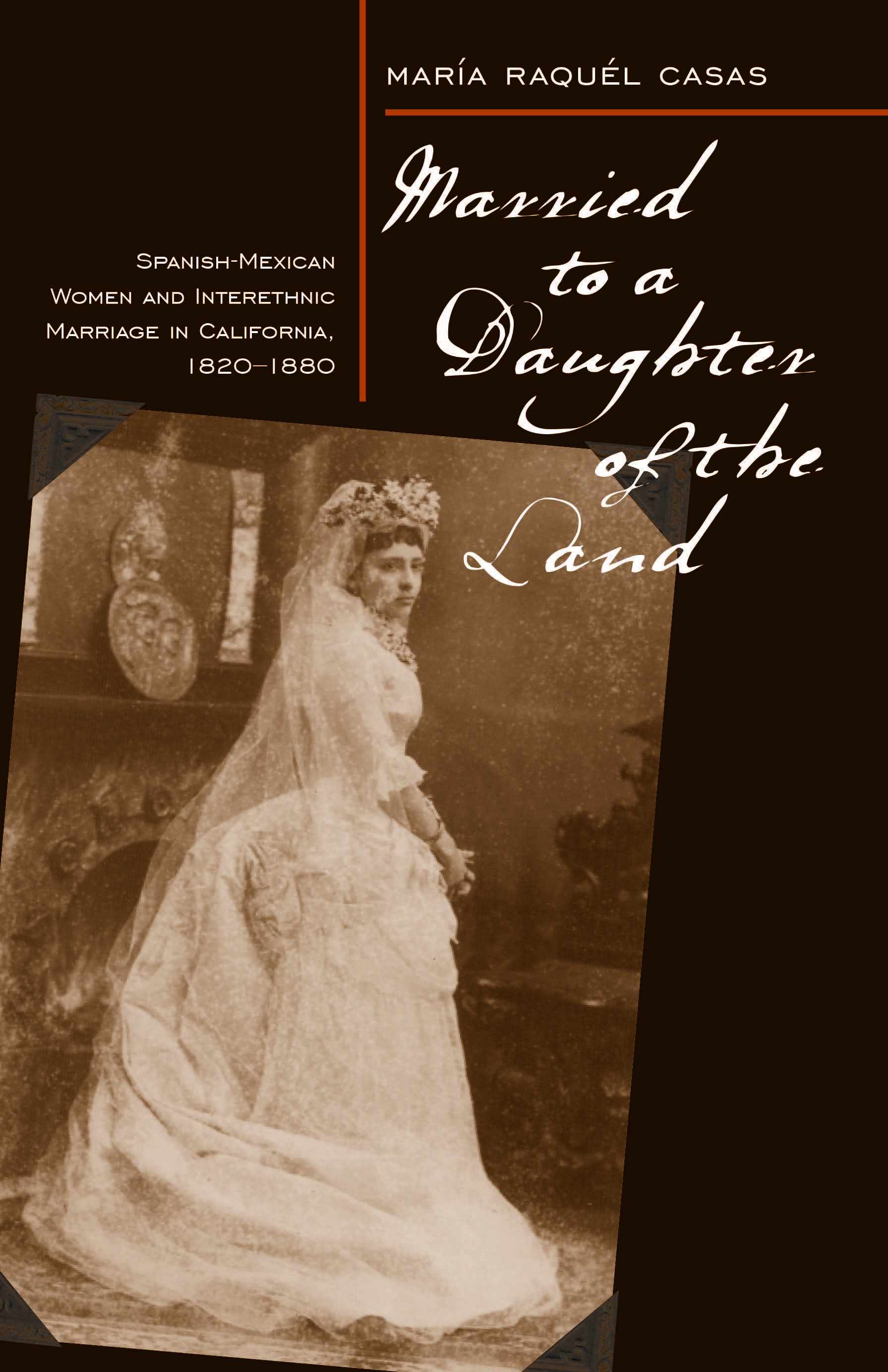Sociology Professor Chronicles Rising Latino CulturePosted in Articles, Census/Demographics, Identity Development/Psychology, Latino Studies, Media Archive, Social Science, United States on 2010-11-17 19:59Z by Steven |
Sociology Professor Chronicles Rising Latino Culture
Inside Fordham Online
Fordham University
In Focus: Faculty and Research
2010-11-15
Patrick Verel
Already the largest minority group in the United States, Latinos will be an even bigger presence in the years to come, according to demographic studies. Clara Rodriguez, Ph.D., professor of sociology in Fordham College at Lincoln Center, is making sure their stories are told.
Through 10 books, dozens of papers and consulting projects with Dora the Explorer and Sesame Street, Rodriguez has developed a deep knowledge about a group that now accounts for 15 percent of the population.
Her analyses of United States census data have resulted in papers such as “Contestations Over Classifications: Latinos, the Census and Race in the United States” (Journal de la Société des Américanistes, 2009) and “Implications and Impact of Race on the Health of Latinos,” a chapter in Health Issues in Latino Males: A Social and Structural Approach (Rutgers University Press, 2010).
As part of her study of census data, Rodriguez cast a critical eye on racial classifications in the decennial censuses. Examining how respondents who identified themselves as Hispanic or Latino reported their race, she found that 40 percent chose “some other race,” and many of them wrote in what is known as a Latino identifier, such as Dominican, Panamanian or Chicano.
This happened in the last three decennial censuses, despite the fact that the census allowed them to choose more than one racial category in the last census…
…“People who could choose more than one race didn’t choose white and black; they still chose the category ‘some other race.’ This 40 percent has increased—I think this time it was 42 percent—even though the Census Bureau has really tried to discourage this response,” she said.
“This raises the question, ‘What is race?’ Science was raising that question. Children of mixed-race families were raising that question. So are people from all over the world who came here with very different identities and are now being folded into one of our five major groups.”…
Read the entire article here.




